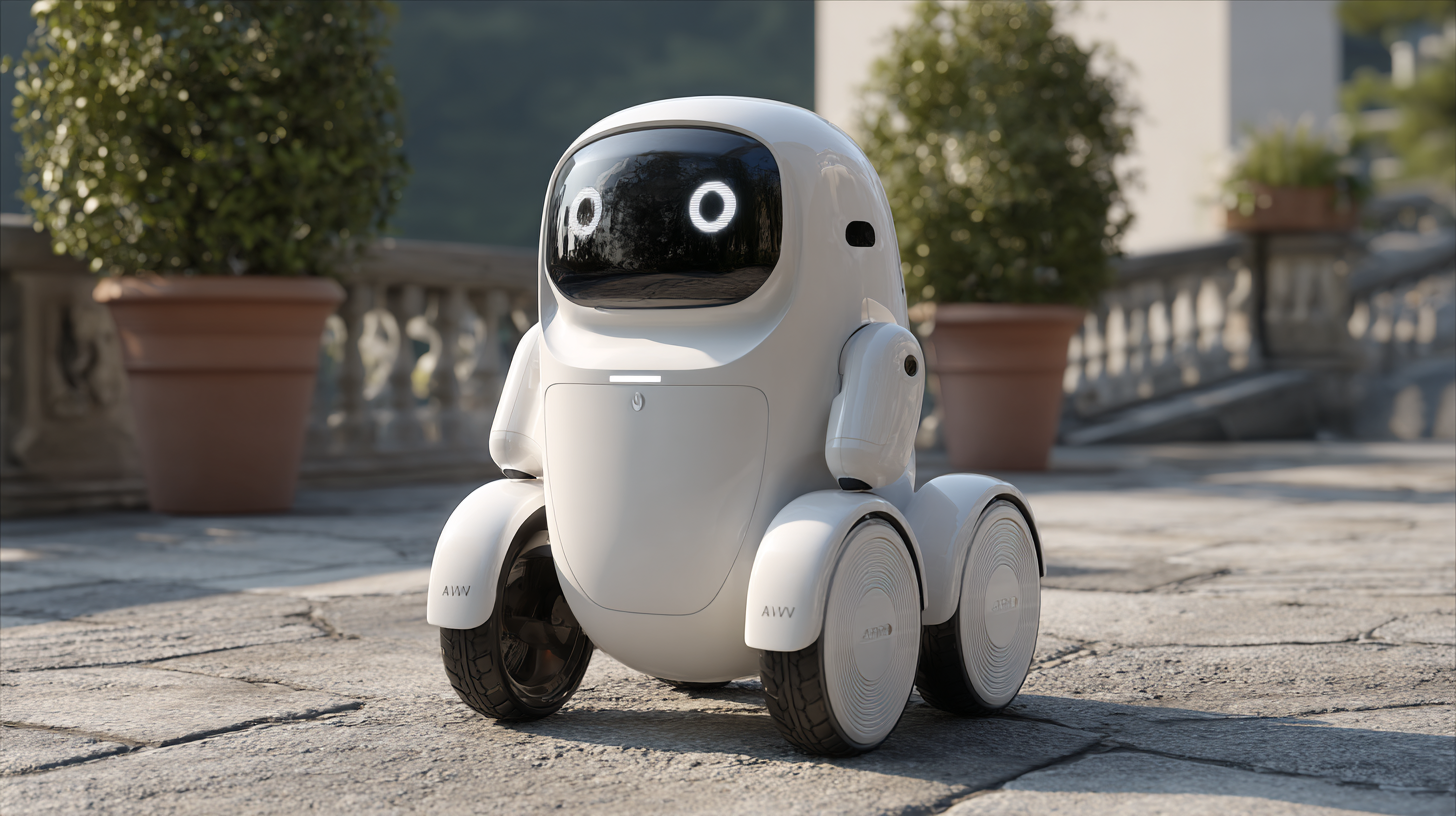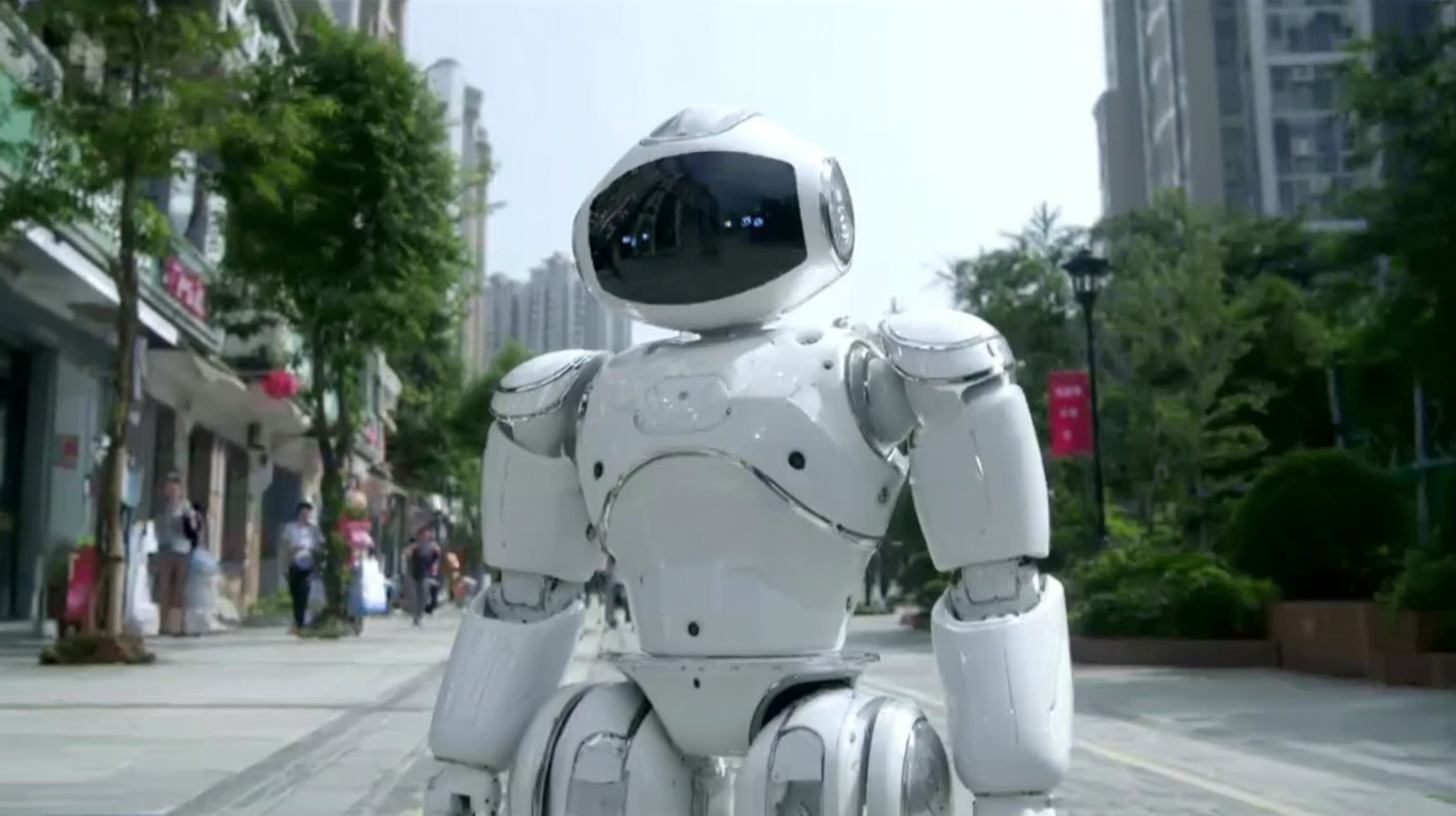In recent years, the rise of AI walking robots has revolutionized various industries, offering innovative solutions that enhance efficiency and productivity. According to a report by MarketsandMarkets, the global robotics market is projected to grow from $21.7 billion in 2020 to $74.1 billion by 2026, highlighting the increasing demand for advanced robotic technologies.

AI walking robots, equipped with cutting-edge machine learning algorithms and autonomous navigation systems, are becoming essential in sectors such as healthcare, logistics, and manufacturing. These robots not only improve operational capabilities but also provide a competitive edge to businesses looking to automate processes and reduce labor costs. As global buyers seek reliable alternatives that can seamlessly integrate into their operations, understanding the innovative features of the best AI walking robots is crucial for making informed purchasing decisions.
In today's rapidly evolving global market, the importation of AI walking robots presents numerous advantages for businesses and consumers alike. One of the key benefits is the enhancement of operational efficiency. These robots are designed to perform tasks with precision and speed, significantly reducing the time and labor costs associated with manual operations. Industries ranging from logistics to healthcare can leverage these advanced machines to streamline workflows, allowing human workers to focus on more complex and creative tasks.
Moreover, the integration of AI walking robots into everyday use offers a step towards improving safety and reliability in various environments. For instance, in construction or disaster response scenarios, these robots can navigate hazardous terrains, reducing the risk of injury for human workers. They can also be programmed to carry heavy loads, ensuring that tasks are completed without overexertion or accidents. As global buyers consider these innovative machines, they should recognize the long-term benefits of investing in technology that not only boosts productivity but also enhances workplace safety and employee well-being.

When considering the purchase of AI walking robots, compliance with essential certifications becomes a paramount concern for global buyers. According to a report by MarketsandMarkets, the AI robotics market is expected to reach $39.8 billion by 2026, highlighting the critical need for standardized guidelines to ensure safety and reliability in robotic technologies. Buyers must prioritize certifications such as ISO 13482, which specifies safety requirements for personal care robots, ensuring that the robots can operate safely around humans without causing harm.
In addition, compliance with CE marking is crucial for products in the European market. CE marking indicates that the robot meets EU safety, health, and environmental protection requirements. A study from the Association for Advancing Automation emphasizes that 75% of consumers are likely to trust brands that showcase compliance with such certifications. This trust is vital, as the implications of deploying AI walking robots span various sectors, including healthcare, logistics, and education. Therefore, understanding and verifying these certifications is essential for buyers to make informed decisions in a rapidly evolving technological landscape.

The landscape of robotics is rapidly evolving, with AI walking robots leading the charge towards innovative applications across various industries. One of the standout features that distinguish the best models is their advanced locomotion algorithms, which enable greater adaptability to diverse terrains. According to a report by the International Journal of Robotics Research, top-tier robots can achieve up to 90% stability on uneven surfaces, drastically improving efficiency in real-world scenarios, such as search and rescue missions or agricultural tasks.
Another critical feature is the integration of sophisticated AI processing capabilities, which facilitate real-time decision-making and learning. Robots equipped with machine learning algorithms can analyze their surroundings and optimize their movements accordingly. A recent industry study highlighted that AI walking robots with adaptive learning can increase task completion speeds by over 40% compared to static programming systems. Additionally, enhanced sensor technologies provide these robots with improved environmental awareness, allowing them to react dynamically to obstacles, which is essential for safe navigation in complex settings.
When it comes to the operation of AI walking robots, tutorial support plays a critical role in ensuring users can maximize their experience and understand the technology's capabilities. The best AI walking robots come equipped with detailed, user-friendly tutorials that guide new operators through the initial setup, basic functions, and advanced features. These resources often include step-by-step videos, interactive manuals, and FAQs designed to demystify the technology and empower users to tackle various tasks confidently.
Furthermore, many manufacturers offer live support options, such as webinars and one-on-one coaching sessions, where buyers can ask questions directly related to their unique use cases. This personalized approach not only facilitates a deeper understanding of the robot's functions but also fosters a community among users who can share tips and collective knowledge. By providing robust tutorial support, AI walking robot companies not only enhance user satisfaction but also drive innovation as users feel more inclined to explore and experiment with the robot’s capabilities.
As global interest in AI walking robots grows, navigating the regulatory landscape for exports becomes increasingly crucial. Each country has distinct regulations concerning technology imports, especially those involving AI and robotics. Understanding these rules can mean the difference between a successful export strategy and costly delays. Companies should familiarize themselves with both domestic and international regulations, ensuring compliance with standards that govern safety, data protection, and environmental impact.
Tips: Always consult with legal experts or trade compliance specialists to stay updated on the latest changes in export laws. Additionally, consider joining industry associations that offer resources and guidance on regulatory matters.
Furthermore, staying proactive about potential changes in policies can provide a competitive edge. Continuous monitoring of global market trends and regulatory shifts allows businesses to adjust their strategies promptly. Establishing strong relationships with local authorities in target markets can also facilitate smoother entry and compliance.
Tips: Engage in regular training sessions for your export team to enhance their understanding of compliance issues. Leverage technology to track regulatory updates across different regions effectively.
